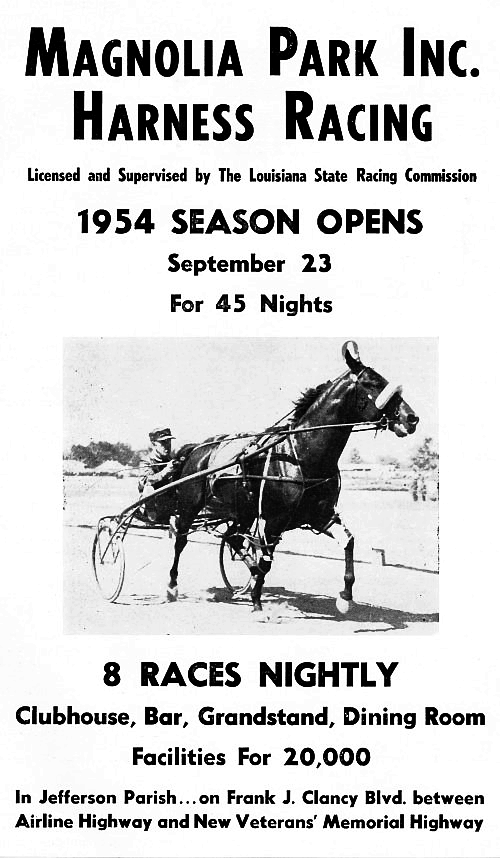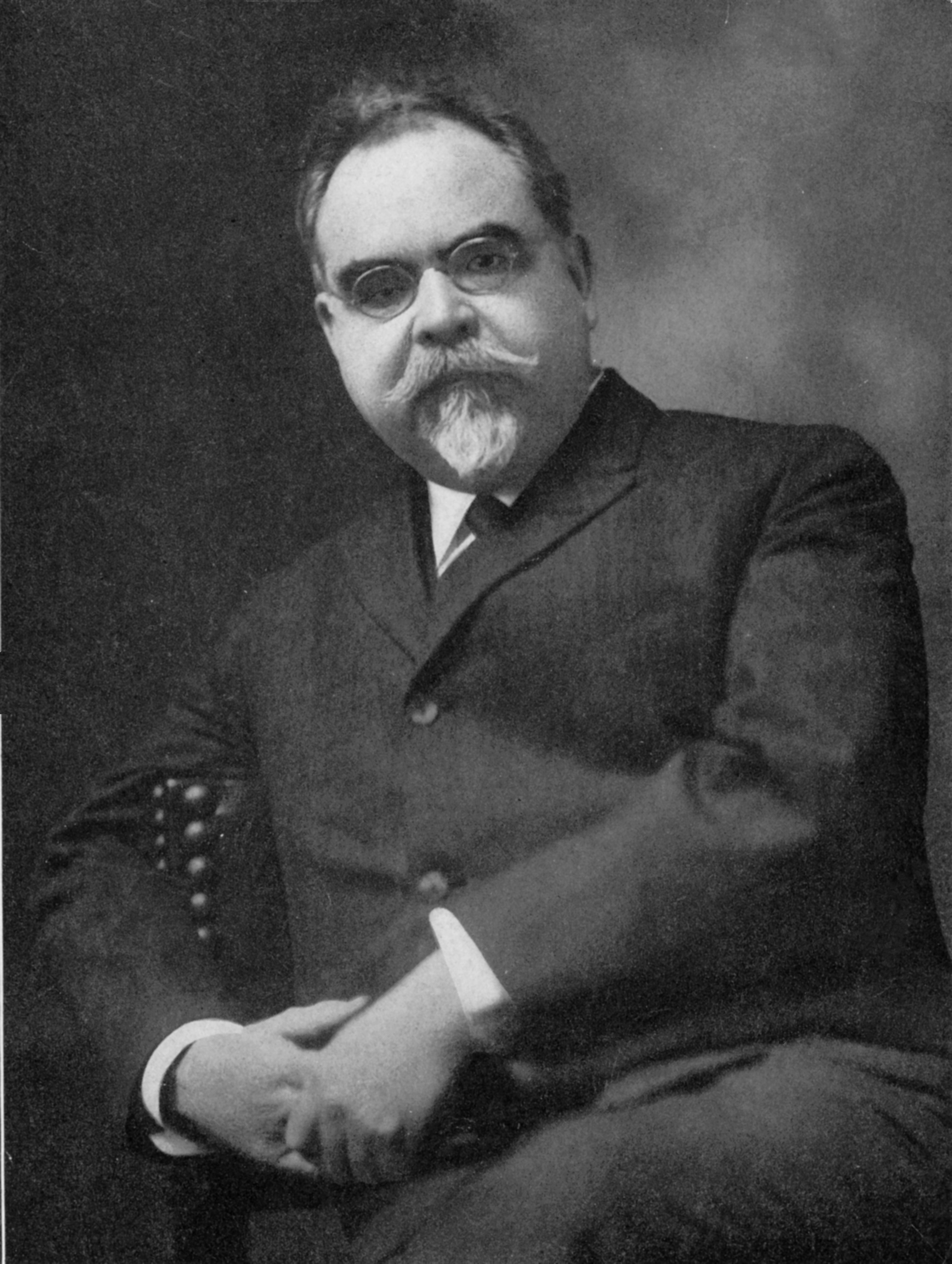|
Today in New Orleans History |
|
|
September 23


 To receive an update for each day in New Orleans history,
join our facebook page - Today in New
Orleans History.
 To receive an update for each day in New Orleans
history, join our facebook page
- Today in New Orleans History
|
|||
|
Allison Miner When the New Orleans Jazz and Heritage Festival first began [the second incarnation of it] in
1969, it was radical...founders Quint Davis, George Wein, and Allison Miner created a safe space for New Orleanians to
come together, to hear each others’ music and to party -- together. Eve Abrams brings us this profile of Allison
Miner, a titan in New Orleans music, and the only person with a Jazz Fest stage named for her: Theodore Jourdan Debuts Born
in New Orleans on September 5, 1895, Theodore Charles Jourdan made his Major
League Baseball debut for the Chicago White Sox on September 18, 1916. He was a first baseman over parts of four
seasons (1916–1918, 1920) with Chicago. He complied a career batting average of .214 in
196 at-bats, with 11 RBIs. He ended his career in the majors on October 3, 1920 with
the White Sox with whom he played with for World Series championship in 1917 He died in New
Orleans, Louisiana at the age of 66 on September 23, 1961. Jazzman Wooden Joe Nicholas is Born Born in New Orleans on September 23, 1883, jazzman Wooden Joe Nicholas was an active member of
the early New Orleans jazz scene. He knew Buddy Bolden and said Bolden was the main influence
on his cornet style. In 1915 he was playing clarinet with King Oliver. In addition
to forming the Camelia Brass Band in 1918, he was famous for his volume and endurance. Nicholas did not record until
1945 when he was 62 years old and again in 1949. He died in New Orleans on November 17, 1957. He was the uncle of clarinetist
Albert Nicholas. |
Rudolph
Matas earned his degree from the Medical School of the University of Louisiana in 1880 at the age of nineteen. In 1889 he
was the first surgeon in the United States to use spinal anesthesia. During his career he developed the IV drip technique
and was the first to surgically repair aneurysms. Dr. Matas died on September 23, 1957, at the age of 97. Rudolph Matas Elementary
School in Metairie is named in his honor. Gadhafi points finger
at Israel over JFK assassination NEW YORK (JTA/Jewish
Telegraphic Agency) — Libyan leader Muammar Gadhafi insinuated that Israel was behind the
assassination of President John F. Kennedy. Speaking Wednesday at the United Nations General Assembly, Gadhafi implied that
Israel may have plotted to kill Kennedy in 1963 because he allegedly wanted to launch a probe
into its clandestine nuclear program. “Jack Ruby, an Israeli, killed Lee Harvey
Oswald,” the Libyan leader was quoted by the translator as saying. “Why did this Israeli kill
Harvey? Ruby later died mysteriously. The whole world should know that Kennedy wanted to investigate
the actions of the Israeli nuclear reactor in Dimona.”
Dr. Barry Henry, 76, the Saenger's biggest fan, died on September 23,
2013, days before its reopening. |
|
|
|

To receive an update for each day in New Orleans history,
join our facebook page - Today in New
Orleans History.
Analytics |
|||



